Got Hired? Required Steps to Take Before Joining Your Next Ship!
You did your research, wrote a great resume, sweat through all the interviews and finally, a job offer was extended to you. Congratulations! You are halfway there. The requirements to work on a cruise ship can differ from the requirements to work on a land job. Working on a cruise ship requires a lot more pre-employment paperwork than a regular job on land.
- Pre-employment Medical evaluation (PEME)
- Criminal background check
- STCW Certificate
- First Aid/CPR (for Youth programs)
- Visas
- Passport
- Seaman’s book
- MMC (Merchant Mariner Credential)
- TWIC (Transportation Worker Identification Card)
Table of Contents
Do I Need a Passport to Work on a Cruise Ship?
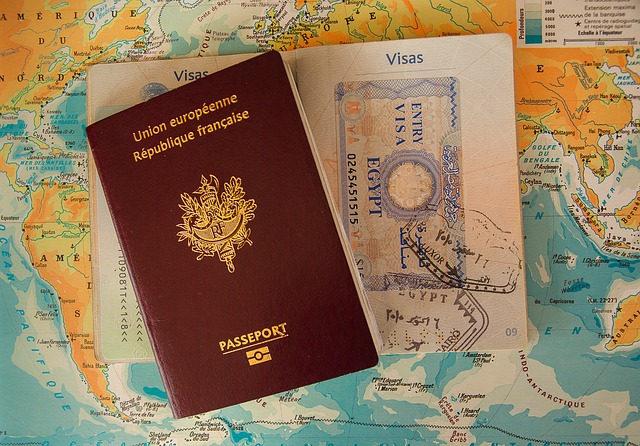
Let’s start with the obvious: you need a passport. This little book is your ticket to the world. If you don’t already have one, get on it ASAP because processing times can vary. Make sure your passport has at least six months of validity before it expires. Some countries won’t even let you in without that buffer!
Tip: If you already have a passport, double-check that it’s not about to expire soon. Nothing ruins a dream cruise job like being stuck onshore because your passport’s outdated.
C1/D Visa: What It Is and How to Get It
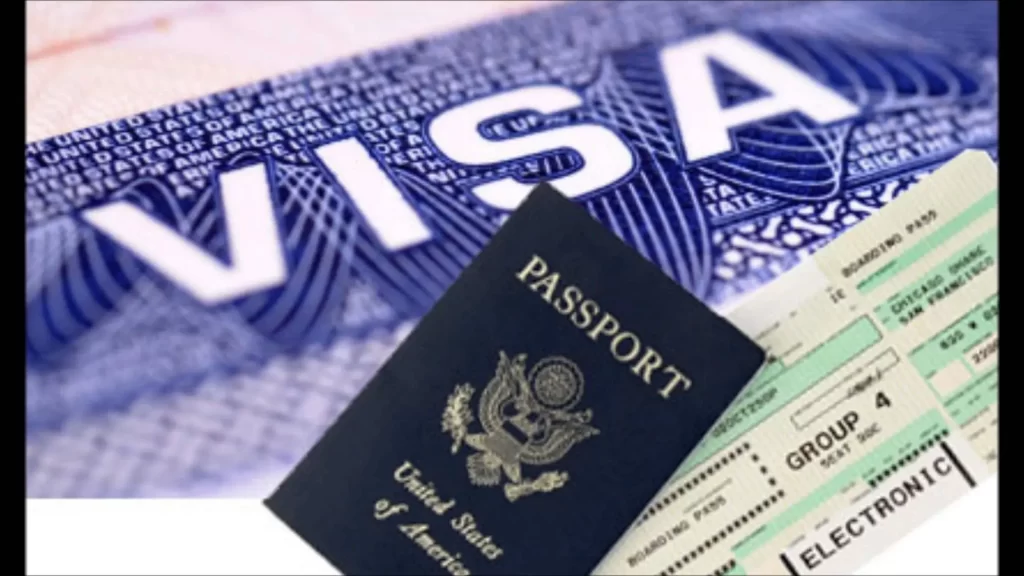
The C1/D visa is a specific type of visa required for anyone working on a cruise ship or as a crew member for airlines and vessels that travel through U.S. ports or airports. The C1 portion of the visa is for transit through the United States, while the D visa is for individuals who are part of a ship or airline crew, allowing them to work temporarily in the U.S. while onboard.
Do I Need a C1/D Visa if I Have a Tourist Visa (B1/B2)?
Yes, even if you have a valid tourist visa (B1/B2) for the United States, you still need a C1/D visa if you plan to work on a cruise ship or any vessel operating in U.S. waters. A tourist visa only allows you to enter the U.S. as a visitor, not for work. The C1/D visa specifically permits you to transit and work as a crew member while in U.S. ports.
How to Apply for a C1/D Visa?
- Complete Form DS-160: This is the standard online application form for a U.S. non-immigrant visa.
- Pay the Application Fee: The fee for the C1/D visa is typically around $160.
- Schedule an Interview: You’ll need to book an interview at a U.S. embassy or consulate in your home country.
- Attend the Interview: Bring along your passport, job offer letter, and any other required documents. The interview is usually straightforward, and as long as you meet the requirements, the visa is granted.
- Visa Issuance: Once approved, your visa will be stamped in your passport, and you’re ready to join your ship.
Pre-Employment Medication Examination (PEME)

Cruise lines will require you to undergo an extensive pre-employment medical checkup (PEME) before they can officially extend an offer letter to you.
Before you step on board, you’ll need to pass a medical evaluation. And no, it’s not just about checking your blood pressure. Cruise lines need to ensure that you’re fit to handle the physical demands of life at sea.
Each cruise line may have its list of medical requirements, but the general idea is to ensure you’re in tip-top shape for those long days of hard work (and fun!).
Some of the requirements vary from company to company but the most common are:
- Chest X-Ray
- Blood work
- Urinalysis
- Hepatitis B (HSAG)
- Pap Smear (Females Only)
- Drug Screen
- Vision Exam
- Hearing exam
- Immunization records
- Physical check-up.
If you will be working with kids, you must have your immunization records. Also, if you had any previous surgeries the cruise line medical department will ask for a waiver from your physician attesting that you are fit to work and that your previous surgery will not impede your ability to perform your functions.
If you have or are taking prescription medications the cruise line will want to make sure that you’re going to have enough medication to cover for the duration of the contract as they will not provide medication for most of the cases.
Criminal Background Check
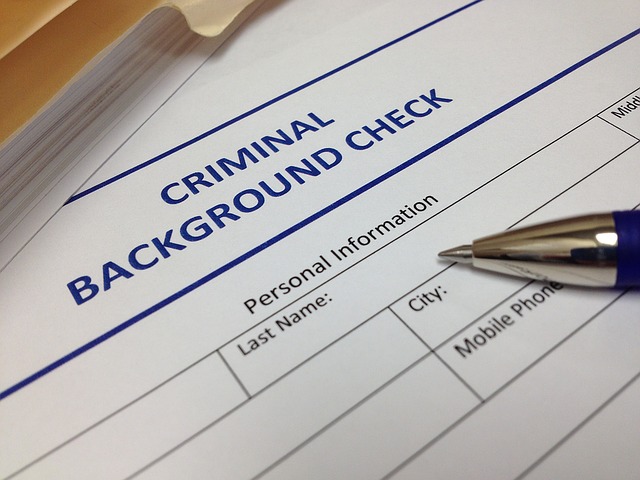
Normally the cruise lines will start the background check as soon as they have decided to offer you a position but before an official letter of employment is sent to you. They want to make sure that you don’t have any past convictions that could jeopardize your employment.
Some companies might be satisfied with a local background check in your country but the majority of the cruise lines will ask you to complete an international background check. If your company is a US-based company, which most of them are, you will be completing an FBI background check, and depending on your country it can take a few weeks for the background check to clear. The cruise line will provide all the necessary forms for you to complete, sign, and send back to them to start the background check.
Once the background check is cleared, you will officially receive the letter of employment and the required documents to apply for your visa. The background check might take some time to complete, so it makes sense that cruise lines want to get everything else in order instead of waiting for it to clear.
STCW Certification
STCW stands for The International Convention on Standards of Training, Certification and Watchkeeping for Seafarers (or STCW). It’s a required certification that every crewmember must possess while working on a cruise ship or any seagoing vessel. It provides you with the necessary training in the event of an emergency.
This certificate is essential for anyone working on cruise ships and vessels. It covers important topics like firefighting, personal survival techniques, and first aid.
The good news is that many cruise lines offer STCW training as part of their onboarding process, but you can also get it on your own through a certified maritime training center. If your cruise line requires you to pay out of pocket for this certificate before joining the ship, expect to spend between $800 to $900 for the STCW certificate if taken in the USA. The price might vary from country to country.
STCW training is divided into four modules
Personal Survival Techniques:
This was my favorite part of the whole course. This module is focused on basic and essential survival at sea.
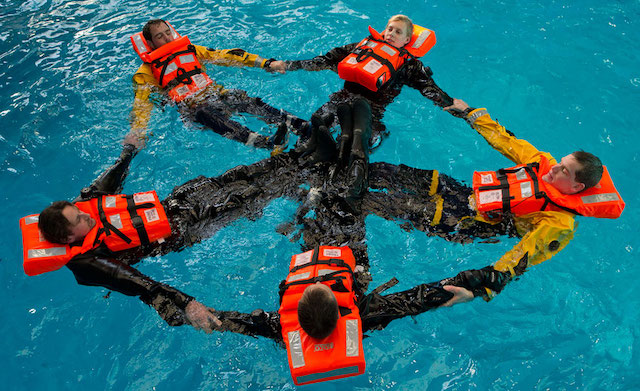
- The correct way to evacuate the ship
- How to flip a life raft that is capsized
- How to use the necessary tools inside the life raft
- Survival and rescue techniques.
Fire Prevention and Basic Firefighting
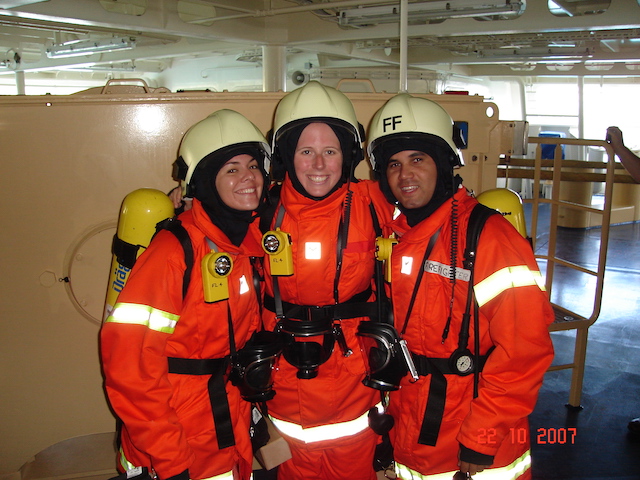
Yep, you’ll actually learn how to put out fires! This module covers both the theory and practice portion of the STCW Fire Prevention and Basic Firefighting. You will first learn about the following:
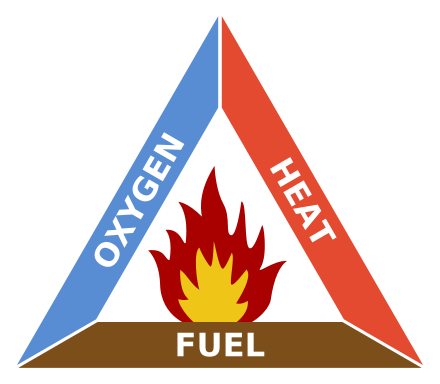
- Types of fire hazards encountered onboard,
- How to correctly use and identify fire extinguishers
- How to identify the different types of fire
- The fire triangle
- Types of chemicals react with what kind of fire
The practice part of this module involves how to identify and use breathing apparatus, how to use a fire blanket, and how to properly handle and put out a live fire using the correct fire extinguisher.
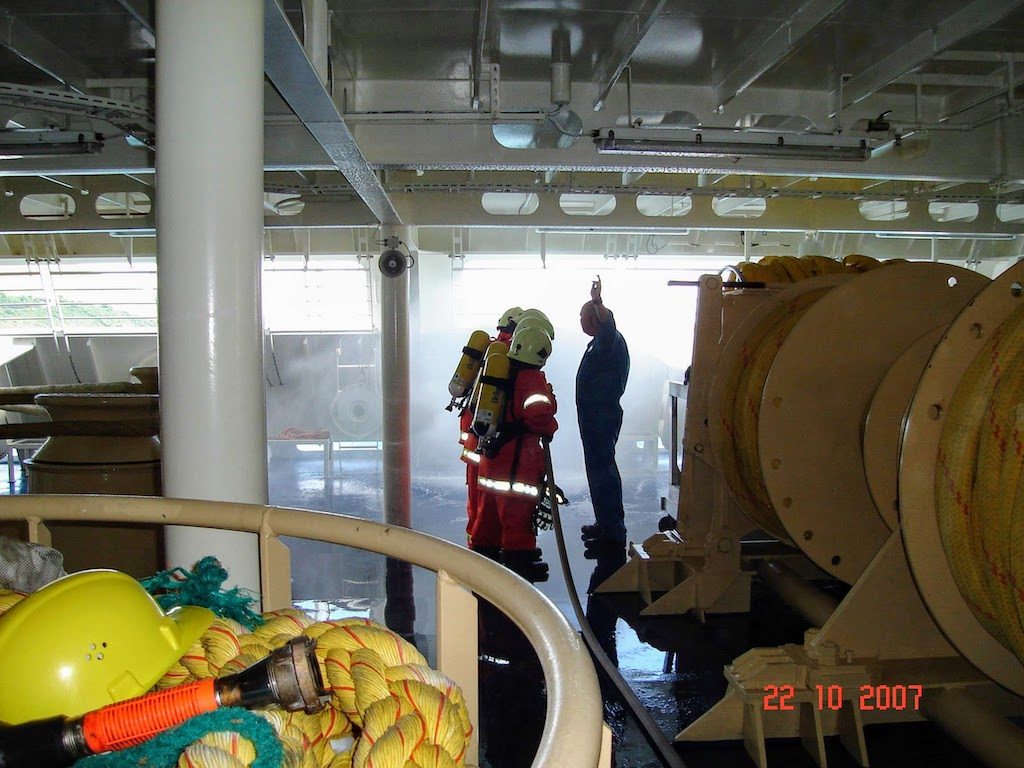
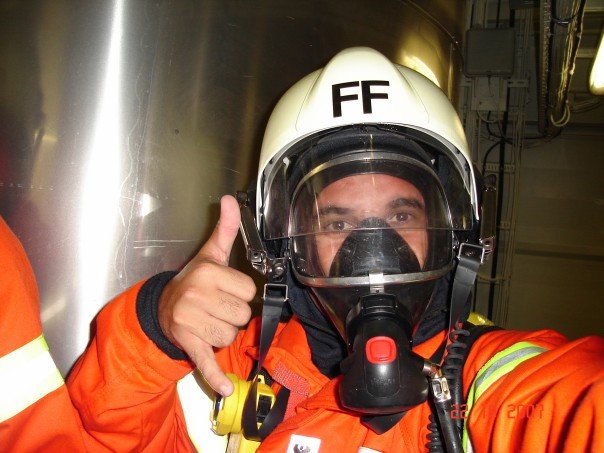
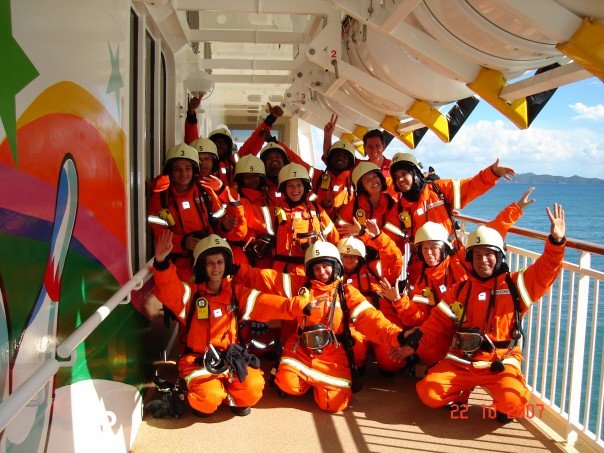
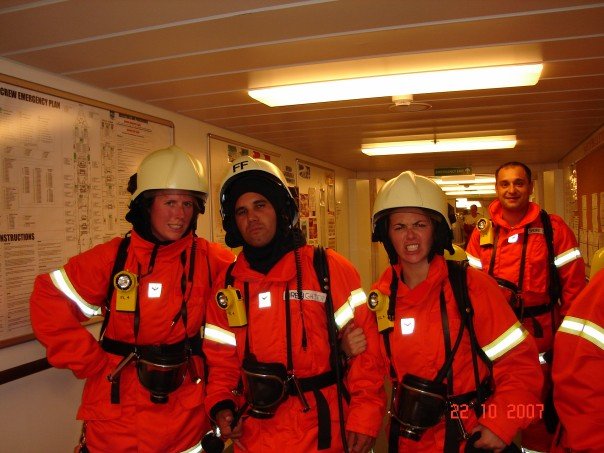
You will have to use a full firefighting suit with a self-contained breathing apparatus or SCBA. This is by far the most fun part of the firefighting training in my opinion but I can see that some people didn’t enjoy it as much because you have to wear the SCBA the entire time without freaking out or trying to scratch your nose. Trust me, your nose will itch as soon as you cannot itch it.
First Aid and CPR Certification

Many cruise lines require First Aid and CPR certification. It’s pretty self-explanatory—you’ll learn how to provide life-saving care in emergencies. You will learn how to perform basic first aid procedures such as cuts and burns. You will also learn how to perform CPR (Cardiopulmonary resuscitation) in both adults and kids. The CPR portion of the course will involve performing CPR on a mannequin.
Pro-tip: Even if it’s not required for your role, knowing First Aid and CPR could make you a hero one day. Plus, it shows your employer that you’re serious about safety.
STCW Personal Safety and Social Responsibility
This portion of the course covers the following:
- Personal hygiene
- Ship management hierarchy
- Emergency escape routes
- how to use and operate watertight doors
- Safe working practices
- Fatigue control
- And more
The whole STCW certification course is taught mostly in the classroom, except for the survival skills where you’ll be in the swimming pool. The whole course should take about two weeks to complete. There’s a test at the end that you need to pass in order to obtain the certificate. Failure to pass the test will result in taking the test again, with the chance of being fired if unable to obtain the certificate after retesting.
The test is not hard at all but could be a challenge if you are not used to taking tests in English. Here’s a video that provides an overview of what you can expect when you enroll in this course.
Additional First AID/CPR for Youth Staff

If your job onboard will be at the youth center, you will be required to have a first aid and CPR course before you join the ship. Although the STCW training does cover First Aid and CPR, the cruise line will be required that you provide them with a valid First Aid and CPR certificate valid for the duration of your contract even though you might already have the STCW certification. You can easily get a First Aid and CPR certification at any Red Cross.
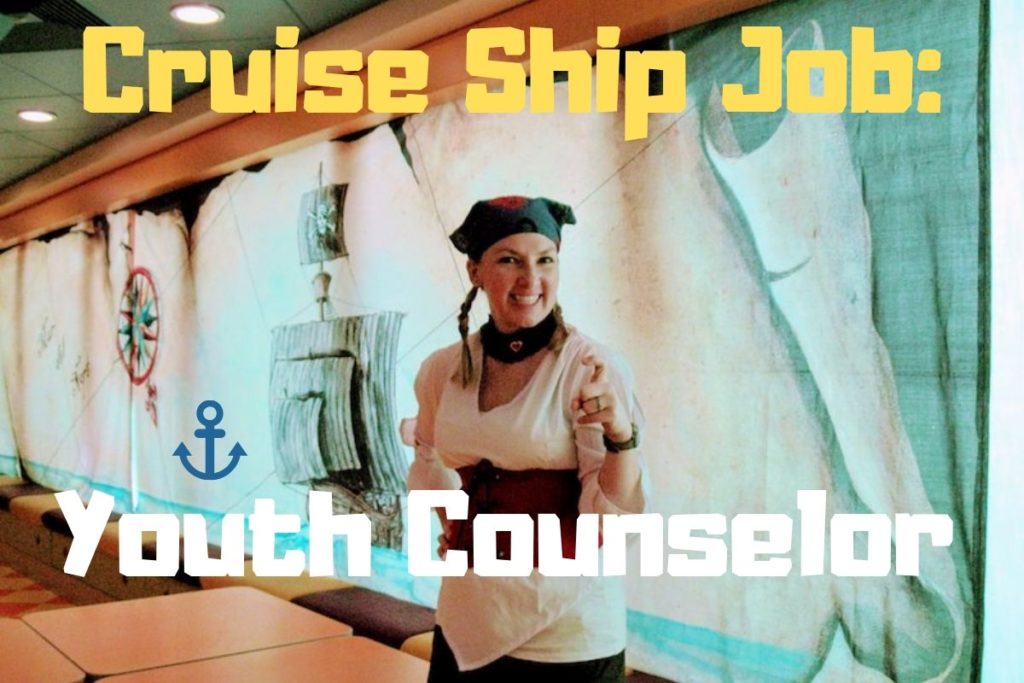
Want to learn more about what’s like to work on a cruise ship as a Youth Counselor? Then visit this post to learn why the job of a Youth Counselor is one of the best ones on the ship.
Do I Need a Seaman Book to Work on a Cruise Ship?
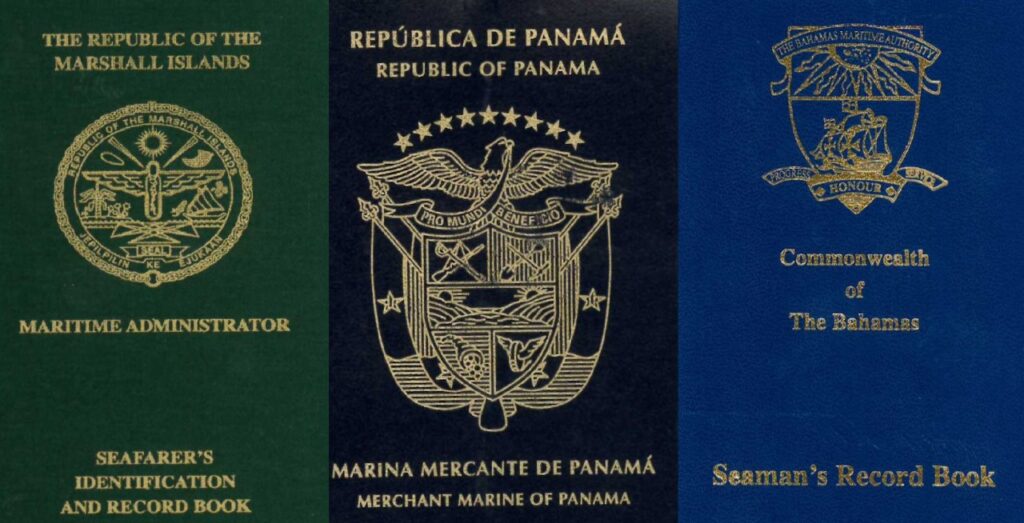
During my career working on cruise ships I heard about seaman service books but I was never obligated to have one, therefore, I never had one. I know that having a seaman’s book it’s very helpful when traveling abroad, it also works as a tool to record your work career at sea. The company you work for will let you know if a seaman’s book is required and where to apply for one.
Some countries require a Seaman’s Book for crew members, and many cruise lines will request it. This official document is proof that you’re a legitimate seafarer. Not all nationalities need it, but it’s worth checking if your country does.
- If you’re from a country that requires it, apply through your local maritime authority.
- It’s usually valid for several years, and it’ll get stamped every time you join a ship, adding to your credentials.
Pro-tip: Even if you’re from a country where it’s not mandatory, having a Seaman’s Book can make you more attractive to employers. It’s like adding another gold star to your resume!
Additional Requirements for US Citizens
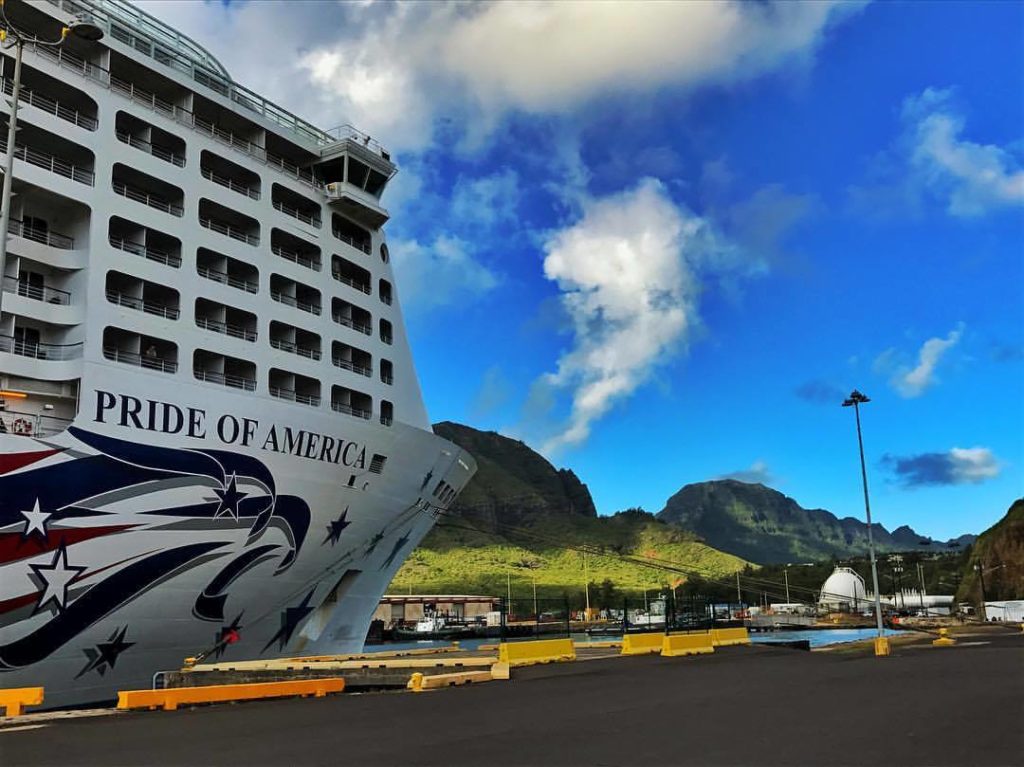
If you will be working on a US-flagged ship, currently the only major US-flagged ship it’s the Pride of America, owned by NCL and sailing out of Hawaii on 7-day cruises to visit all the island. The majority of cruise lines have ships registered in different countries and therefore, don’t need to follow US labor laws. As a US-flagged ship, the cruise line has to follow US labor laws, meaning that the majority of the crew members need to be US citizens or permanent residents. There are some crew members not from the US but it’s a small percentage when compared to non-flagged US ships.
If you will be working for Norwegian Cruise Line on the Pride of America, or any other US-flagged ship, you will be required to have a valid MMC (Merchant Mariner Credential) book and a TWIC (Transportation worker identification) card.
Merchant Mariner Credential (MMC)
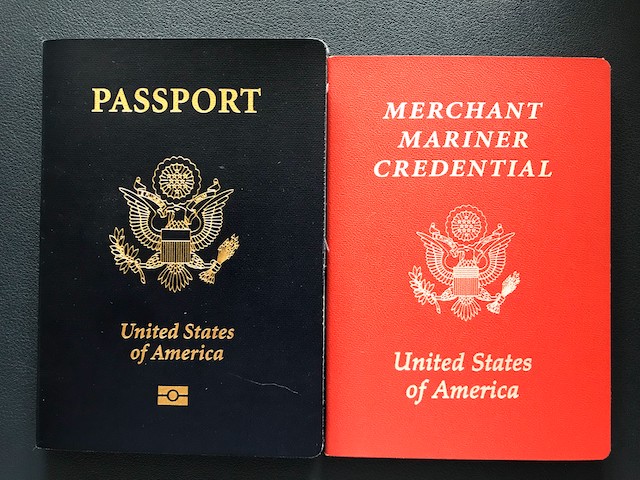
The Merchant Mariner Credential (MMC) is issued by the United States Coast Guard in accordance with the International Convention on Standards of Training, Certification and Watchkeeping for Seafarers (STCW). It’s only issued to United States seafarers. The MMC is the standard documentation required for all crew members of U.S. ships. You are still required to complete the STCW certificate but it has to be at an approved US Coast Guard facility.
How to apply for an MMC:
- Submit an application through the U.S. Coast Guard’s National Maritime Center.
- Provide proof of identity, citizenship, and medical fitness.
- Pass a drug test.
- Complete any required training and certifications, which may vary based on your role.
Once you’ve completed the application, they’ll issue your MMC, which is valid for five years.
TWIC Card
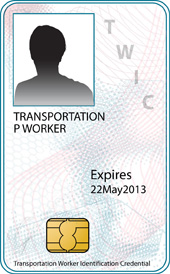
The Transportation Worker Identification Credential (TWIC) card is issued to US Citizens and immigrants in certain immigration categories. You are required to have this credential visible when transiting around port facilities, exiting, and entering the port. The TWIC card has to be renewed every five years.
To learn more about and how for a Transportation Worker Identification Credential (TWIC) please visit the TSA website
Final Words
Working on a cruise ship is more than just a job; it’s an adventure. But before you get to the fun part, you’ve got to get your paperwork in order. Here’s a quick checklist to make sure you’re good to go:
- Passport (with at least six months validity).
- C1/D Visa (for ships stopping in U.S. ports).
- Seaman’s Book (if required by your country or cruise line).
- Medical evaluation (pass with flying colors).
- Background check (clean record, clean slate).
- Merchant Mariner Credential (for maritime positions).
- STCW Certification (for safety and survival training).
- First Aid and CPR (life-saving skills on deck).
Getting ready to work on a cruise ship can be a daunting task especially when it seems that you do have not enough time to complete all the required paperwork before you can join your assigned ship. Some things will be out of your control but on top of the ones you can control and in no time you will be sailing the seven seas, seeing awesome places while getting paid to do it. Also, don’t forget that you will have to work hard but the payoff is worth it.
Safe travels, and we’ll see you at The Crew Hangout!
“A Ship is safe in the harbor but that’s not what ships are built for.”
William G.T. Shedd
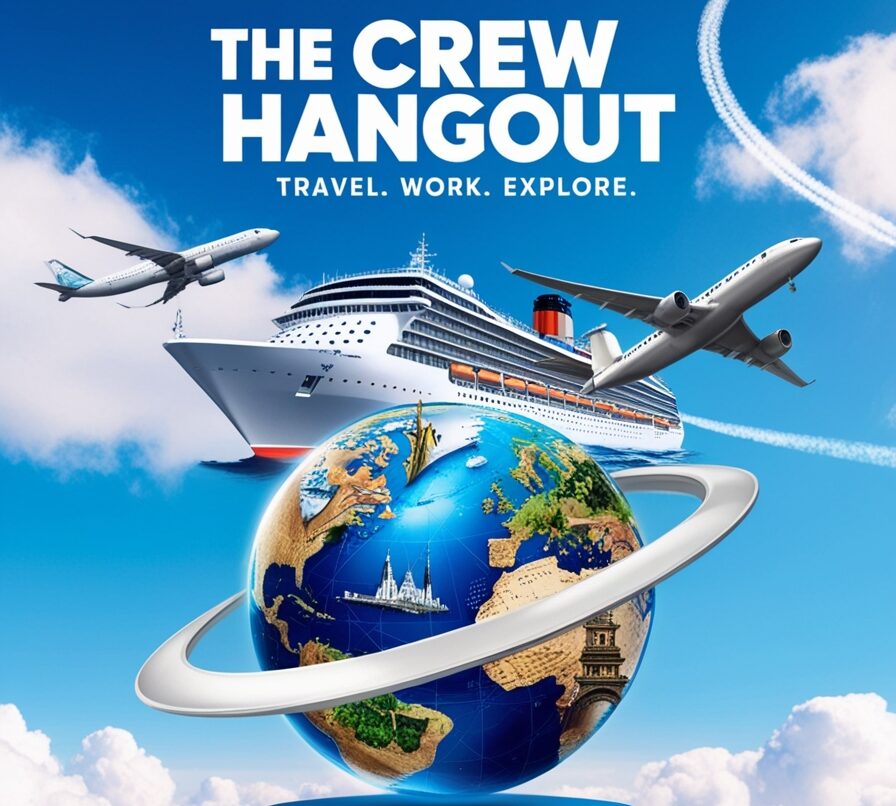
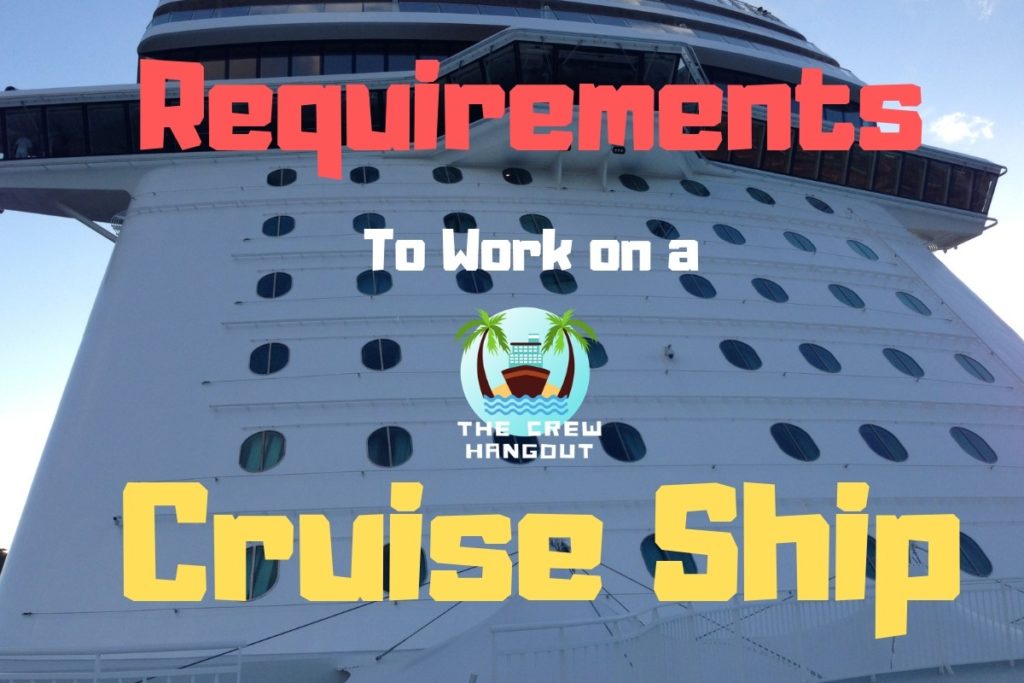
1 thought on “What are the Requirements to Work on a Cruise Ship? (Step by Step)”
Comments are closed.